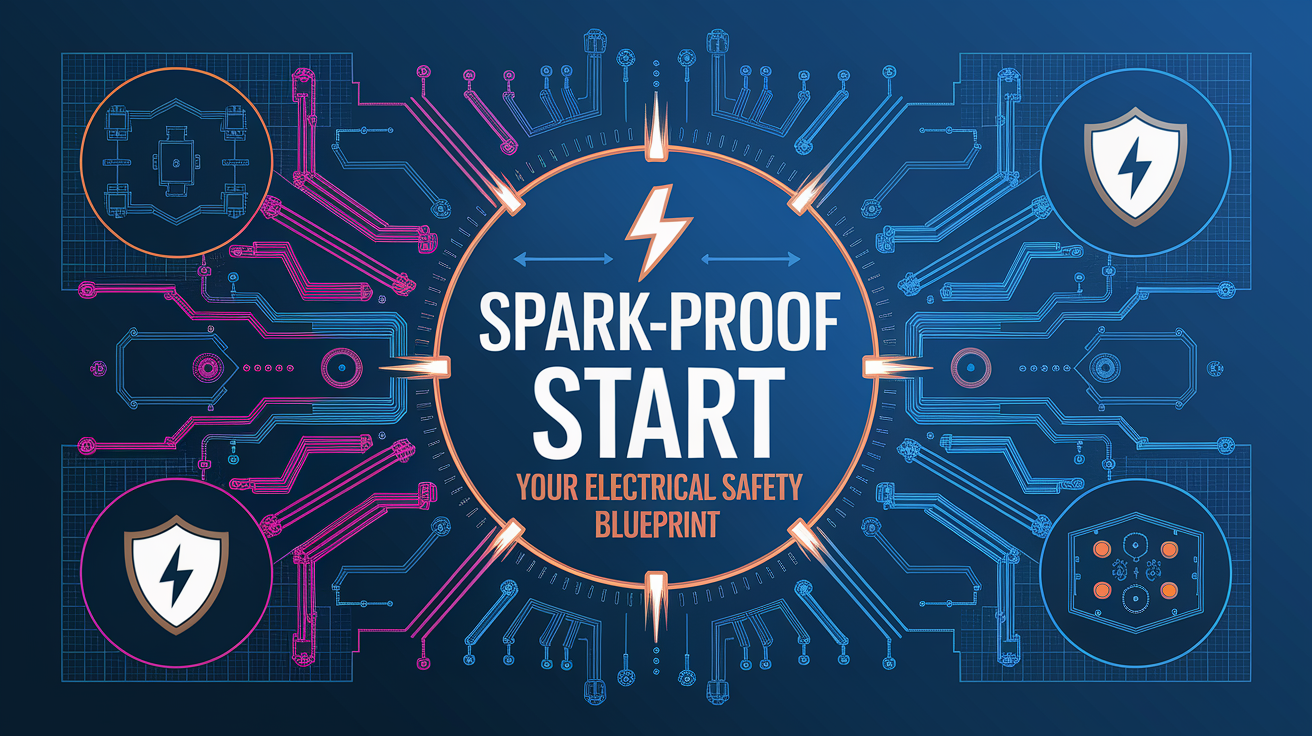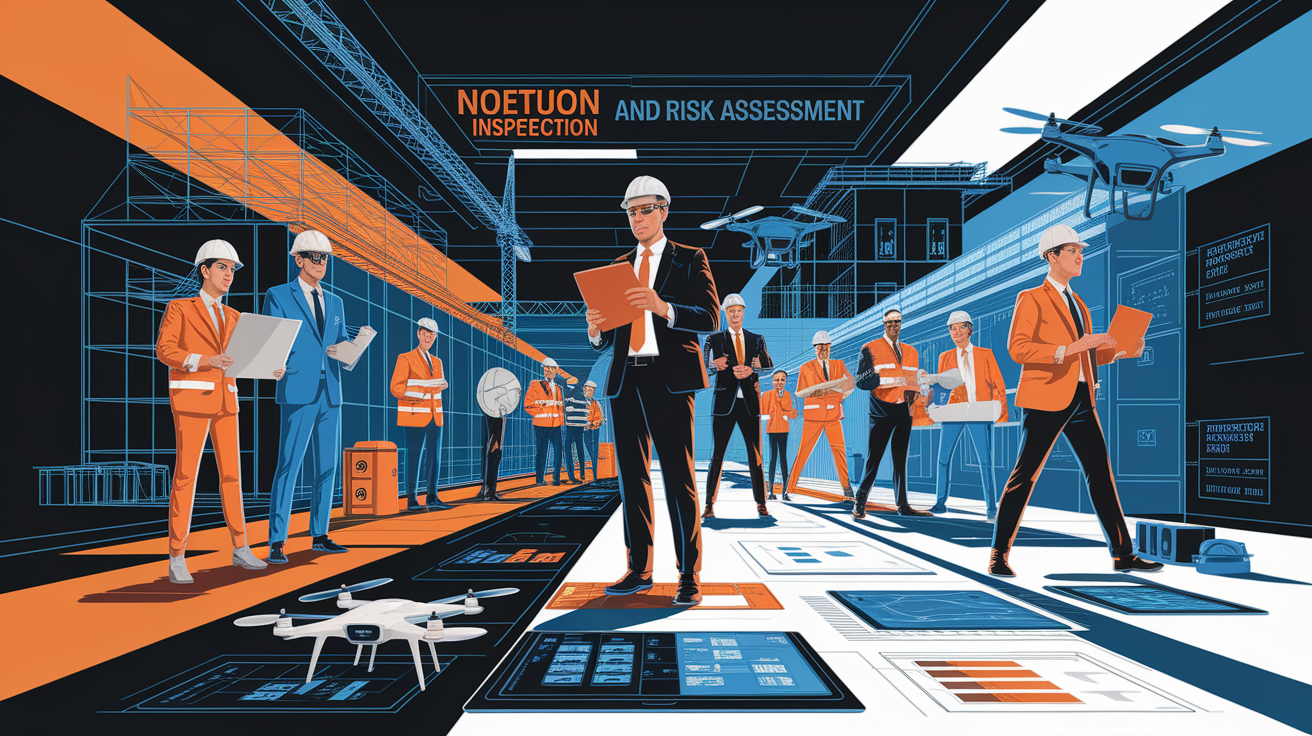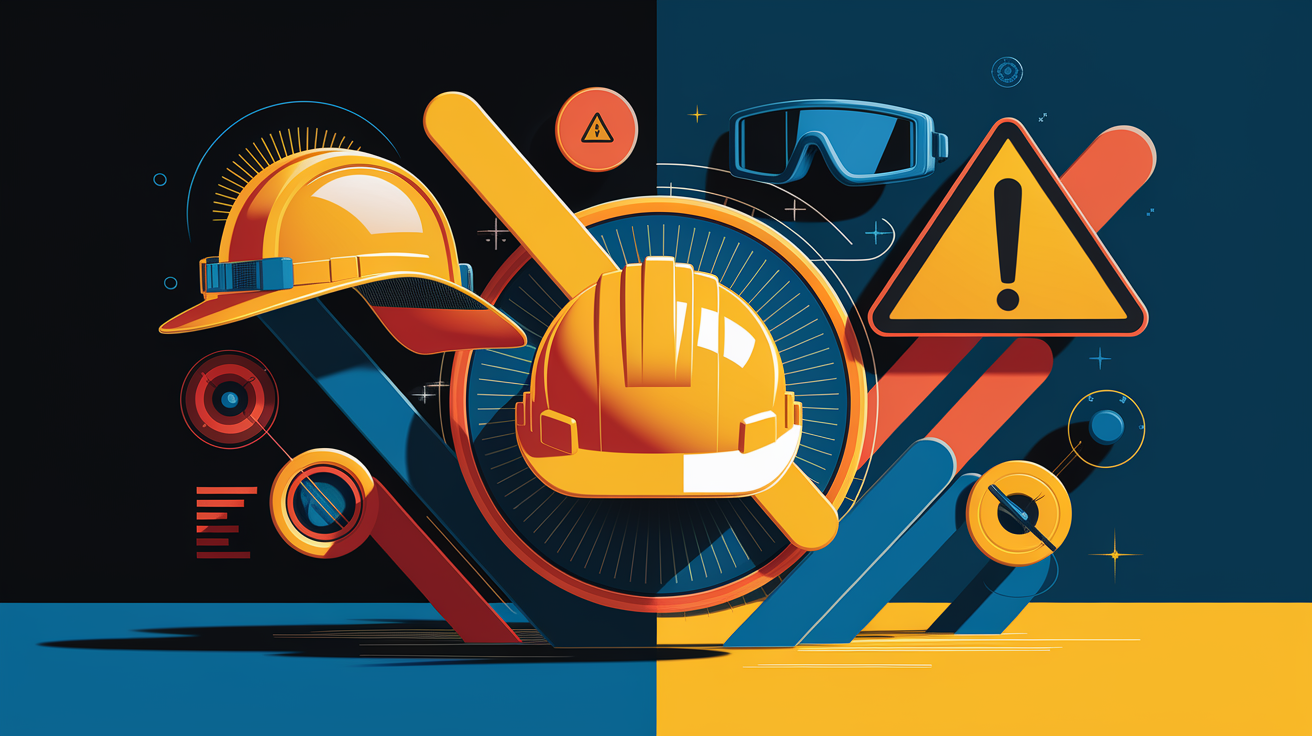Mastering Electrical Safety: Best Practices for Solar Contractors
Spark-Proof Start: Your Electrical Safety Blueprint
As the solar industry continues to expand, electrical safety has become a critical focus for contractors installing photovoltaic (PV) systems. From residential rooftop arrays to utility-scale solar farms, the risks posed by energized circuits, arc flash, and improper grounding cannot be overstated. Compliance with national standards such as the National Electrical Code (NEC) and Occupational Safety and Health Administration (OSHA) regulations is not only required by law but essential for preventing electrical accidents and ensuring system longevity. Solar contractors who implement rigorous safety protocols can protect workers, safeguard equipment, and avoid costly downtime.

Electrical hazards in solar panel installation are unique due to the combination of DC electrical systems from solar arrays and AC connections to the grid through solar inverters. The latest NEC Articles 690, 705, and 706, along with the National Electrical Safety Code (NESC), establish a comprehensive framework for system design, power isolation techniques, grounding systems, and overcurrent protection (EcoFlow). Contractors must pair these standards with OSHA’s Electric Power Generation requirements (OSHA) to effectively reduce risks such as electrical burns and shock during installation and maintenance.
Planning and Preparation
Electrical safety begins long before the first panel is mounted. Effective planning ensures installations meet electrical safety compliance and follow proper electrical safety procedures. Contractors should use accurate load calculations to size systems correctly, preventing overloads and failures during solar system commissioning. An electrical safety checklist covering voltage testing, insulation resistance testing, and identification of solar installation hazards should be completed before work commences.

System designs must incorporate AC disconnect procedures, accessible emergency shut-offs, and clearly labeled solar electrical components. Communication among multidisciplinary teams—electrical, mechanical, civil, and structural—is essential to coordinating safety harness usage, material handling, and electrical inspection procedures.
Site Inspection and Risk Assessment
Thorough site inspections identify potential electrical hazards such as proximity to overhead power lines, damaged wiring, or unsuitable grounding conditions. OSHA regulations require maintaining at least 10 feet of clearance from high-voltage lines, making risk assessment a cornerstone of solar installation safety protocols (ESFI).

Risk assessment should include evaluating environmental factors—vegetation near grounding systems, weather conditions affecting solar array wiring, and accessibility to emergency response pathways. Continuous hazard identification ensures that evolving site conditions do not increase electrical shock risks during project execution.
Safe Work Procedures
Implementing standardized safe work procedures is vital for preventing electrical accidents during solar installation. Lockout tagout procedures must be followed when servicing energized systems, ensuring power isolation before maintenance. Contractors should employ arc flash protection clothing, insulated tools, and implement solar panel grounding per NEC Article 690 to reduce risk from exposed conductive parts.

Key steps include:
- Following OSHA electrical safety requirements for solar contractors, including PPE usage.
- Adhering to proper electrical disconnect procedures before handling wiring.
- Practicing electrical shock prevention through insulation and clear labeling.
- Preventing arc flash incidents with safe approach distances and protective barriers.
Equipment and Tools Safety
Electrical testing equipment such as multimeters, insulation resistance testers, and ground fault detectors must be calibrated and inspected before use. Defective tools increase the risk of faulty readings and unsafe work conditions. Contractors should only deploy equipment rated for DC voltage levels common in photovoltaic systems.
Tool safety protocols mandate using insulated screwdrivers, voltage-rated gloves, and ensuring wiring methods avoid abrasion or moisture intrusion. Organized solar array wiring with sealed conduits prevents faults and enhances long-term operational safety.
Emergency Response and Incident Reporting
Even with thorough precautions, incidents can occur. Solar contractors must have an emergency response plan detailing procedures for electrical burns prevention, rapid system shutdown, and first aid. Clearly marked AC disconnects and accessible inverters allow responders to quickly isolate power sources.
Incident reporting should follow both company policy and regulatory mandates. OSHA requires documentation of workplace electrical incidents, with follow-up hazard analysis to prevent recurrence. Maintaining updated records of electrical safety equipment inspections supports future audits and insurance claims.
Zero-Spark Finish: Cementing a Culture of Electrical Safety
Creating a zero-spark finish means embedding safety into every aspect of solar contracting work. Electrical safety training for solar installation crews should be ongoing, ensuring teams remain current with evolving electrical codes, OSHA requirements, and best practices for solar system grounding and bonding.
Certification programs and refresher courses reinforce the importance of compliance with electrical safety standards, while routine maintenance such as voltage testing and inspection of solar electrical components keeps systems operating safely. By prioritizing electrical safety best practices for solar panel installers, contractors not only protect workers but also enhance efficiency, reliability, and customer trust.
For further guidance on grounding configurations, DC overcurrent protection, and solar installation hazards, refer to Electricraft and Titan WNC resources, which offer detailed insight into code compliance and practical installation techniques.







